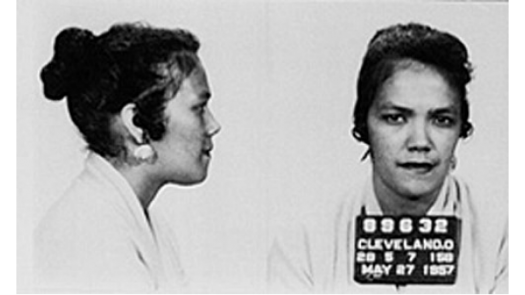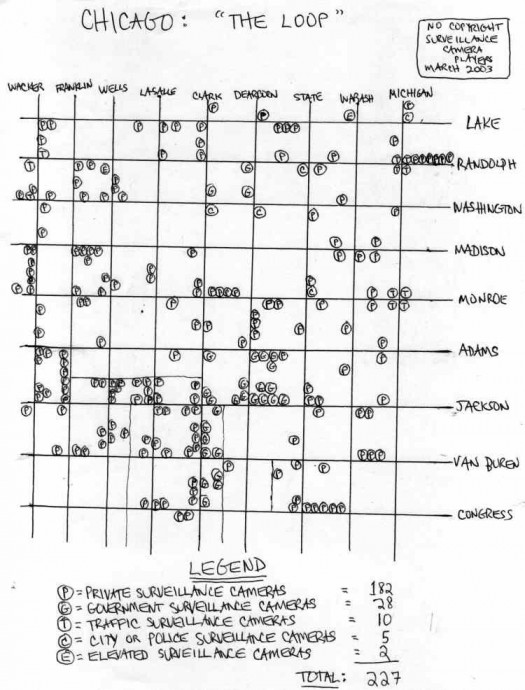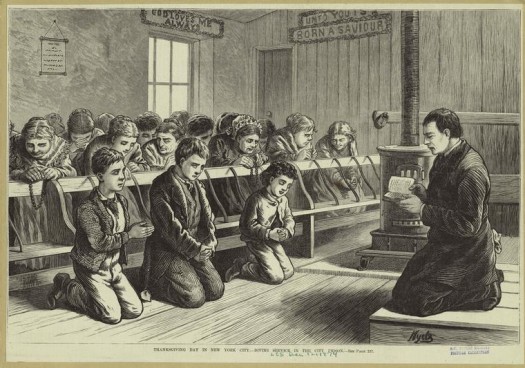I watched a documentary called “The Perfect Victim” early this morning.
The film focuses on the lives of four women incarcerated in Missouri for killing their husbands. It opens with Shirley Lute talking to an interviewer in 2002. She is 70 years old and has spent 22 years already behind bars. She was sentenced to 50 years to life for allegedly paying her son to murder her husband. We hear Shirley describe the years of abuse that she and her children endured at his hands. “I was the one who was being tortured,” she says at one point, “I missed my entire life.”
When Lute was on trial, battered women’s syndrome was not yet accepted as a legal basis to explain the “learned helplessness” that can lead some victims of repeated abuse to stay in their relationships. [Incidentally battered women’s syndrome is a controversial concept on all sides.] Shirley Lute was also encouraged by her attorneys not to bring up the abuse she suffered at trial because they feared that this would be seen as motive for the murder.
“The Perfect Victim” features the work of the Missouri Battered Women’s Clemency Coalition which took on the cases of 11 domestic violence survivors who were convicted of murdering their partners & given very long sentences.
In 2004, the Coalition secured pardons for two women (including Shirley Lute who wasn’t actually released until 2007). After Lute is released, the documentary follows her. We see the difficulty that Lute has in adjusting to life on the outside. At first, she spends most of her time in her room and asks for permission to do almost everything. She is an institutionalized woman. Eventually, she meets a man who she quickly moves in with and eventually marries.
Another woman in the film is Carlene Borden who was sentenced to 50 years to life for the death of her husband (who was shot by Borden’s boyfriend). She had already left her husband when he found her, threatened her, and then was shot by her boyfriend. She was 14 when she married and the abuse started a couple of years later. Her husband was also abusive to her children. During a particularly poignant moment in the film, Borden says that she has 7 grandchildren and 9 great-grandchildren who she has “raised in the visiting room” of the prison. The Clemency project tries several times to secure a pardon for Borden. Finally, after having spent 32 years in prison, Carlene is granted parole. The documentary follows her adjustment to life after prison.
The film gets its title from the words of an attorney for the Clemency project who explains that parole boards are “looking for the perfect victim.” He adds that this victim is usually white and must be submissive at all times. When survivors fight back, then they aren’t seen as victims anymore. At one point in the film, this same attorney suggests that counseling and other supports would have served all of these women better than prison. The audience is left to agree with this assessment.
Tanya Mitchell, another survivor & incarcerated woman featured in the film, explains that: “People just don’t understand the fear that you go through with an abuser.” I think that this is fundamentally true. It’s important to understand that the nature of women’s violence is often different from men’s violence. Mark Totten writes that “the literature suggests that women’s use of violence is qualitatively different from that of men: whereas male violence tends to be more frequent, serious, and utilitarian, female violence is more often contextualized in significant factors related to self-defence, anticipation of upcoming physical or sexual assault, and prior victimization by physical and sexual abuse.” Sexism, oppression and a misunderstanding of the roots of women’s violence often lead to disproportionately severe sentences for women who defend themselves or others from violence perpetrated by abusive men. In the stories of Shirley, Carlene, Ruby, and Tanya, we can see the fallacy & tyranny of the concept of a “perfect victim.” Through the documentary, the audience must consider the profound unfairness of a criminal legal system that punishes victims of violence for defending their lives. “The Perfect Victim” will be of interest to anyone concerned about justice and ending violence.
Note: This week is a crucial one in the case of Marissa Alexander who is currently incarcerated for attempting to defend herself from her husband’s abuse. Please take action to help FREE HER. You can find details HERE.



![Los Angeles: Wells Defense Committee, [195-]](https://www.usprisonculture.com/blog/wp-content/uploads/2013/10/wesleywells-229x300.jpg)



